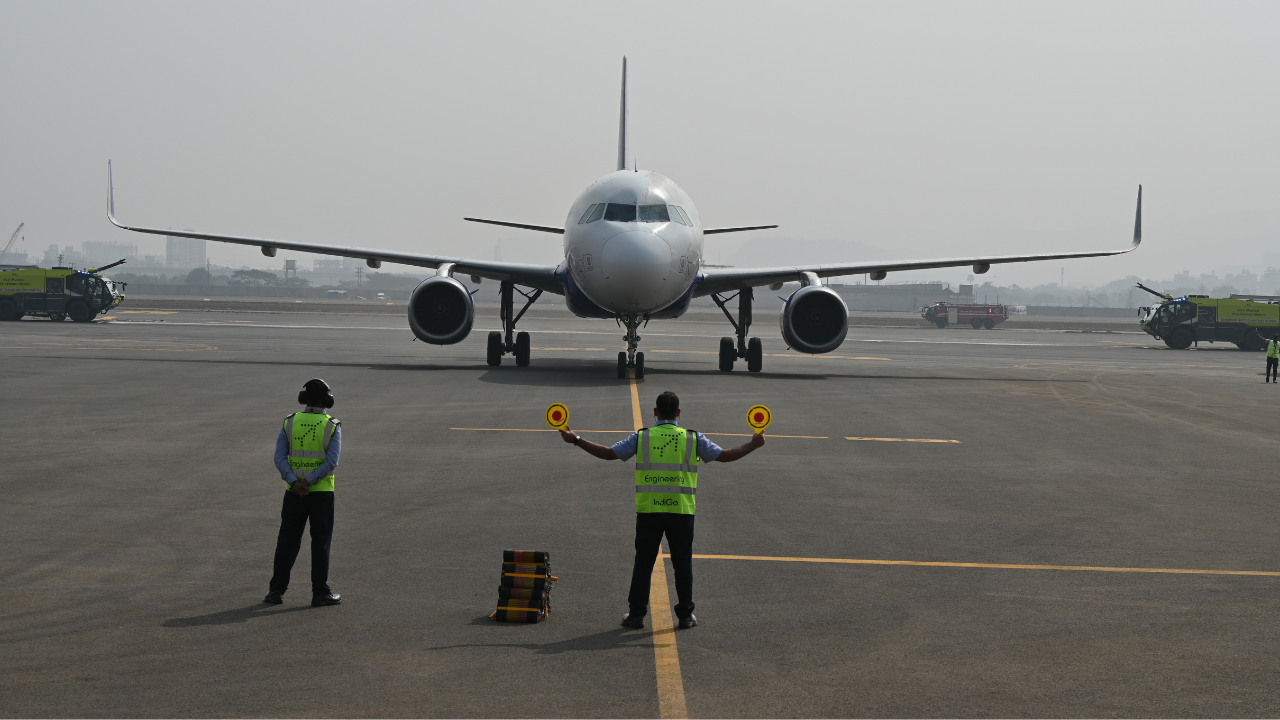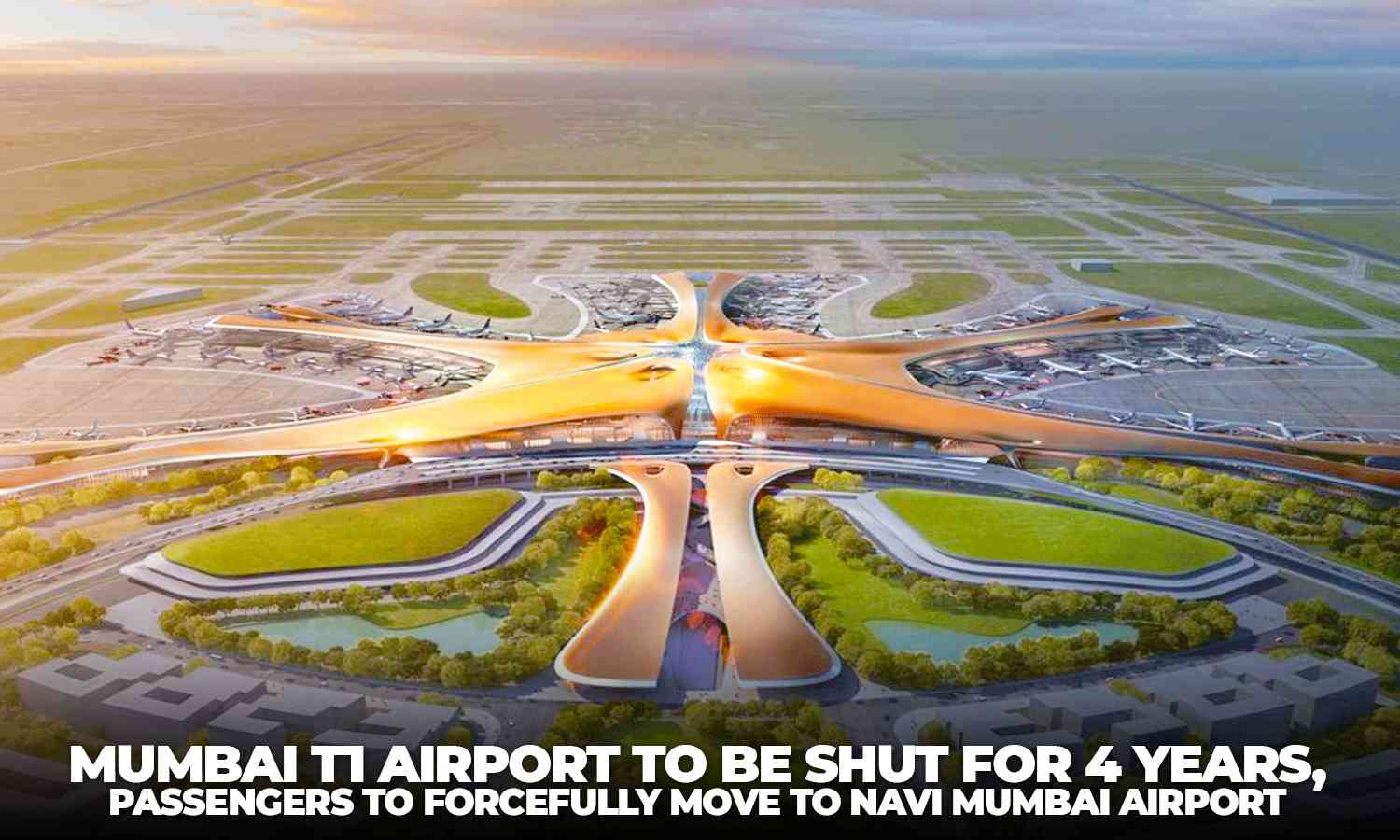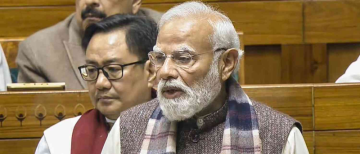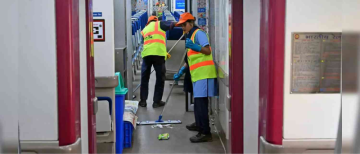Mumbai Airport’s Terminal 1 to Close as Navi Mumbai Takes Off
Passengers flying in and out of Mumbai will soon face a crucial decision: should they continue using the existing Chhatrapati Shivaji Maharaj International Airport (CSMIA) or opt for the brand-new Navi Mumbai International Airport (NMIA) when it begins operations in late May? While this choice may seem significant now, within the next decade, it will become far less of a dilemma, as NMIA is set to become the primary airport for the Mumbai Metropolitan Region (MMR), relegating the older airport to a secondary role.

The First Phase of the Shift
By this winter, approximately one-fifth of the 55 million passengers currently handled by Mumbai’s airport will be redirected to NMIA. Specifically, of the 15 million passengers using Terminal 1 (T1) at Santacruz (East), around 10 million will shift to NMIA’s T1 by the end of October. The remaining five million will be accommodated at Terminal 2 (T2) in Sahar, which is being expanded to handle 45 million passengers annually, up from its current capacity of 40 million.
At present, all flights—both domestic and international—land on the single operational runway at Mumbai’s airport before passengers are transported to their respective terminals. However, with NMIA coming online, general aviation, private jets, and chartered flights will also begin transitioning to the new facility. This move is expected to significantly ease congestion at CSMIA, reducing the frustrating delays caused by long holding times for arriving flights and pushback waiting periods for departures. As a result, Mumbai airport’s on-time performance is set to improve.

The Long-Term Vision: A Shift in Status
Over the next decade, Mumbai’s existing airport will gradually transition into a secondary facility. This follows a global pattern seen in major cities like London and New York, where one airport serves as the primary hub while others function as supporting airports. In London, Heathrow remains the busiest, with Gatwick, Stansted, and Luton operating as secondary airports. Similarly, in New York, John F. Kennedy International Airport leads, while Newark Liberty and LaGuardia play complementary roles.
Mumbai’s current airport handled 55 million passengers in 2024, maintaining its status as the city’s aviation hub. However, as the Navi Mumbai airport in Ulwe expands, it will assume the role of the region’s dominant gateway. In 2025, NMIA is expected to handle 10 million passengers, rising to 20 million by mid-2026.

Navi Mumbai’s Rapid Growth and Expansion Plans
The first terminal at NMIA has a designed capacity of 20 million passengers per annum (ppa), translating to approximately 55,000 travellers per day. However, it is projected to reach full capacity by mid-2026—a remarkably short period for a greenfield airport to become saturated. To meet rising demand, NMIA’s second terminal (T2), with a capacity of 30 million ppa, is scheduled for completion by 2029.
Between 2026 and 2029, both Mumbai’s T2 and Navi Mumbai’s T1 will undergo expansion to accommodate increasing passenger numbers. NMIA itself will remain a sprawling construction site for years, as work continues across its vast 2,860-acre area to develop additional terminals and infrastructure.
By 2030, Mumbai and Navi Mumbai airports are expected to handle over 50-55 million passengers each, operating in close competition. However, by 2032, NMIA will complete its next phase of expansion, featuring Terminal 3 (20 million ppa) and Terminal 4 (20 million ppa) by 2036, pushing its total capacity to a staggering 90 million ppa—far beyond what Mumbai’s space-constrained airport can accommodate. At this point, NMIA will officially take over as MMR’s leading airport, with CSMIA assuming a secondary role, much like Gatwick in London.

The Changing Aviation Landscape
BVJK Sharma, CEO of Navi Mumbai International Airport, expressed confidence in NMIA’s ability to meet the region’s ever-growing demand, stating:“The Navi Mumbai airport is well-supported by multimodal connectivity, and we are confident that it will significantly contribute to both the region’s and the country’s economic growth.”
However, while NMIA will provide much-needed relief to Mumbai’s overburdened aviation sector, it will not restore the city’s dominance as India’s busiest aviation hub. That title now belongs to Delhi’s Indira Gandhi International Airport, which overtook Mumbai in 2010 and continues to lead. Additionally, the new Noida International Airport in Jewar—scheduled to open this year—will further cement the National Capital Region’s (NCR) advantage, as its combined capacity with Delhi’s airport will surpass that of Mumbai and Navi Mumbai.
Ultimately, the opening of NMIA marks a transformative shift in Mumbai’s aviation landscape, offering passengers more options, reducing congestion, and preparing the city for the next era of air travel. However, it also signals the gradual decline of what was once India’s busiest airport, a development driven not by competition alone but by geographical and infrastructural limitations.
With inputs from agencies
Image Source: Multiple agencies
© Copyright 2024. All Rights Reserved Powered by Vygr Media.





















